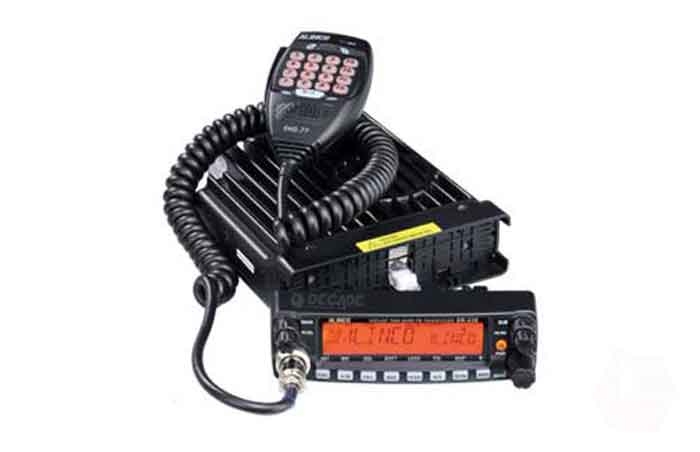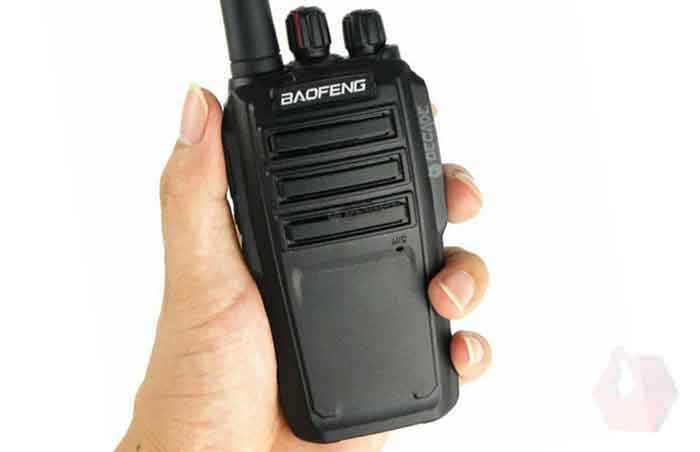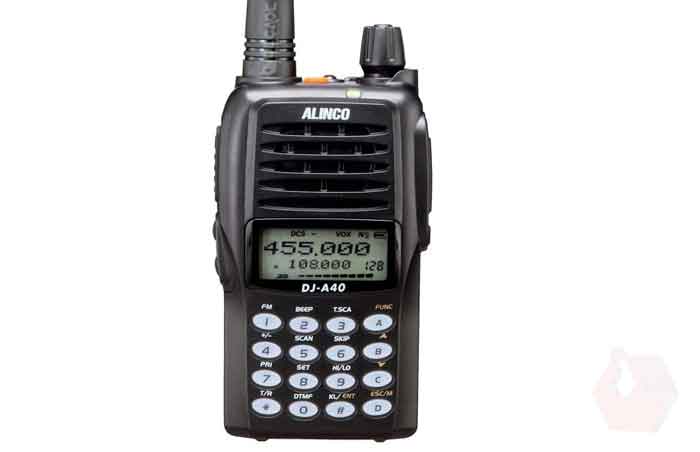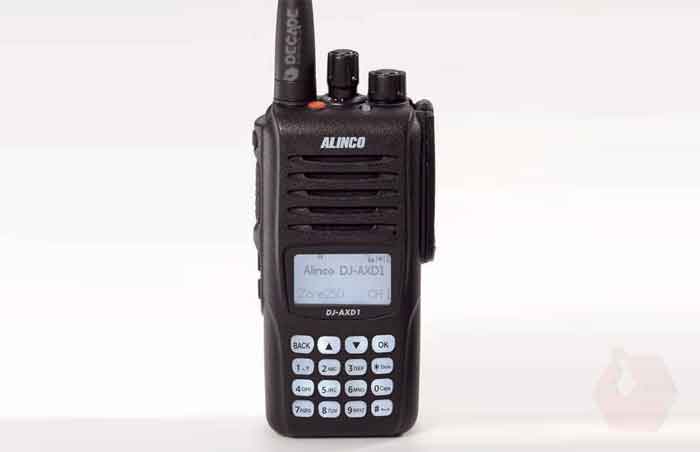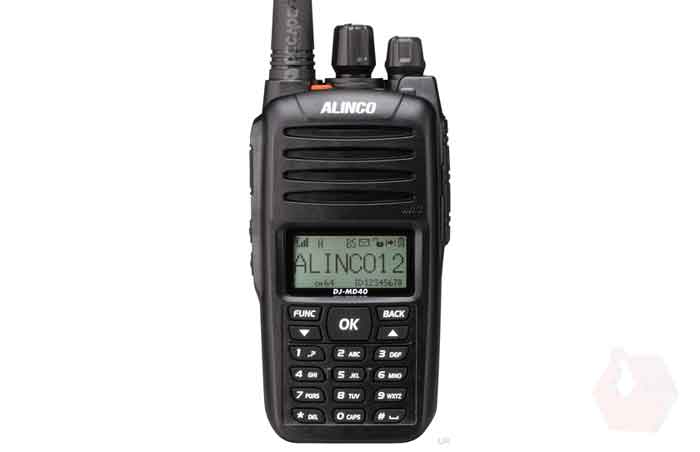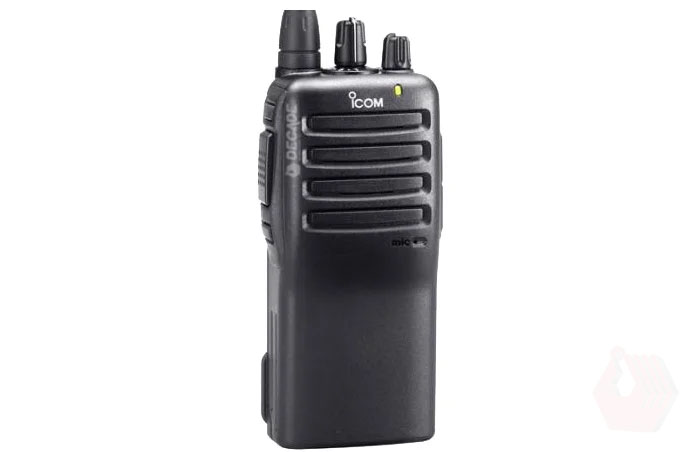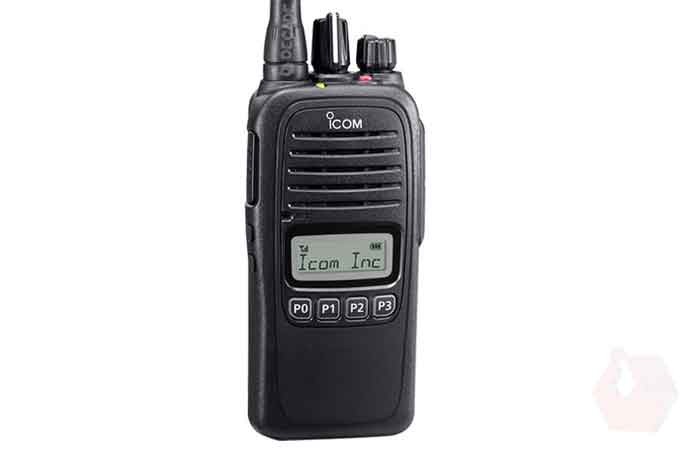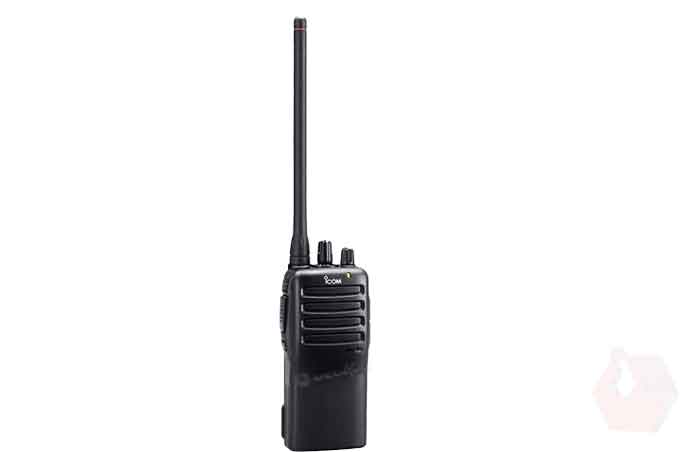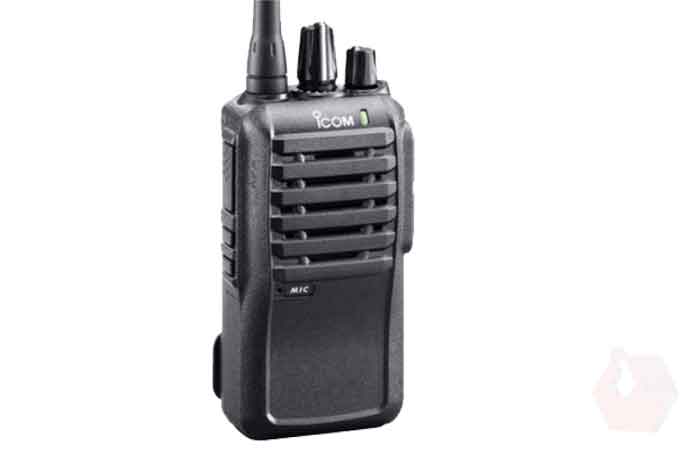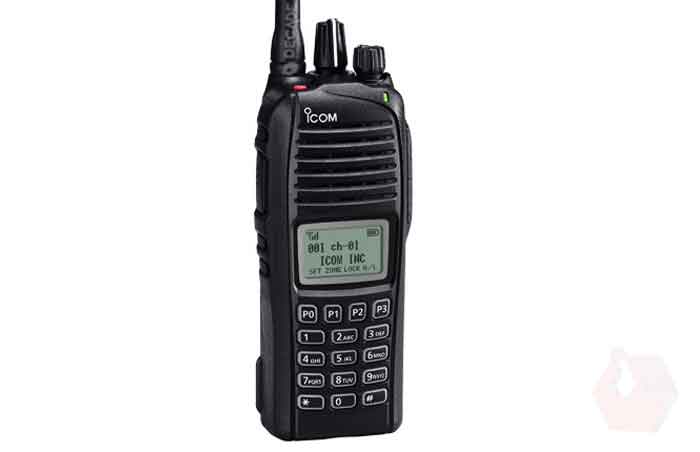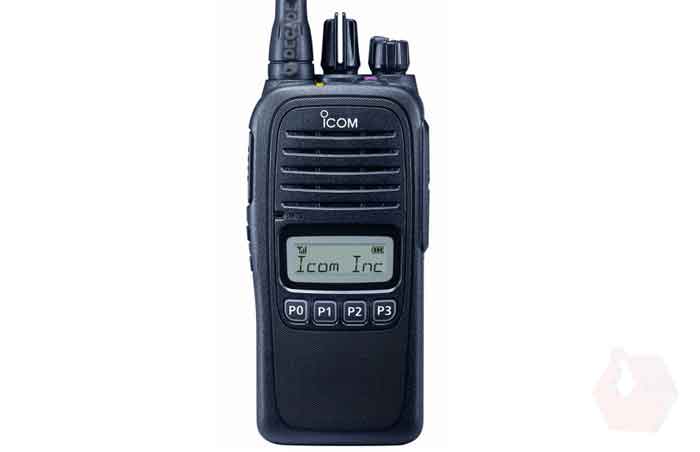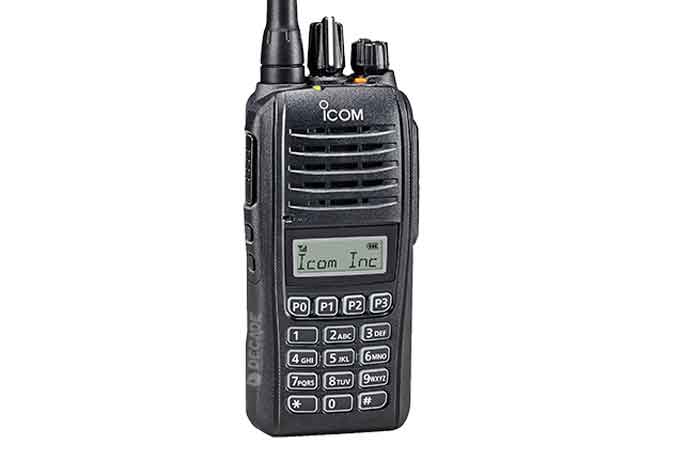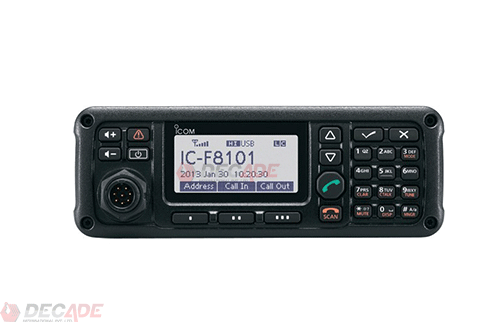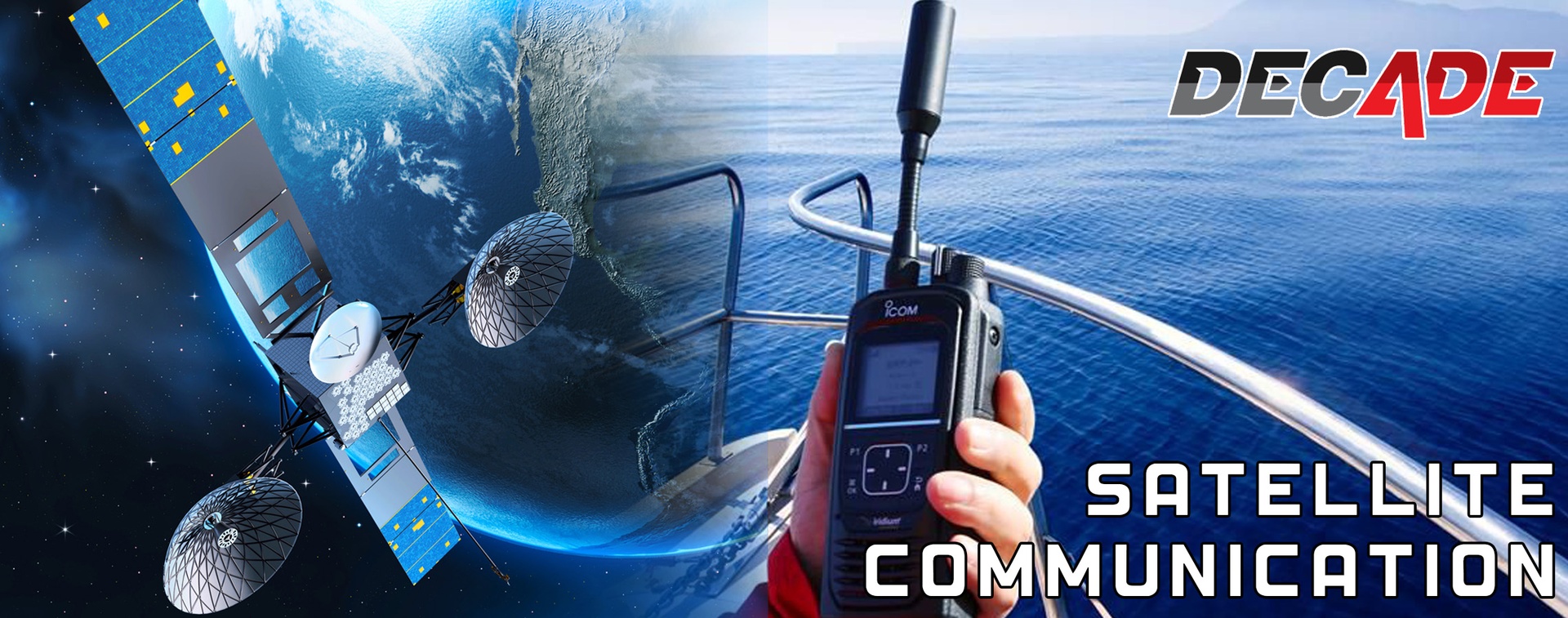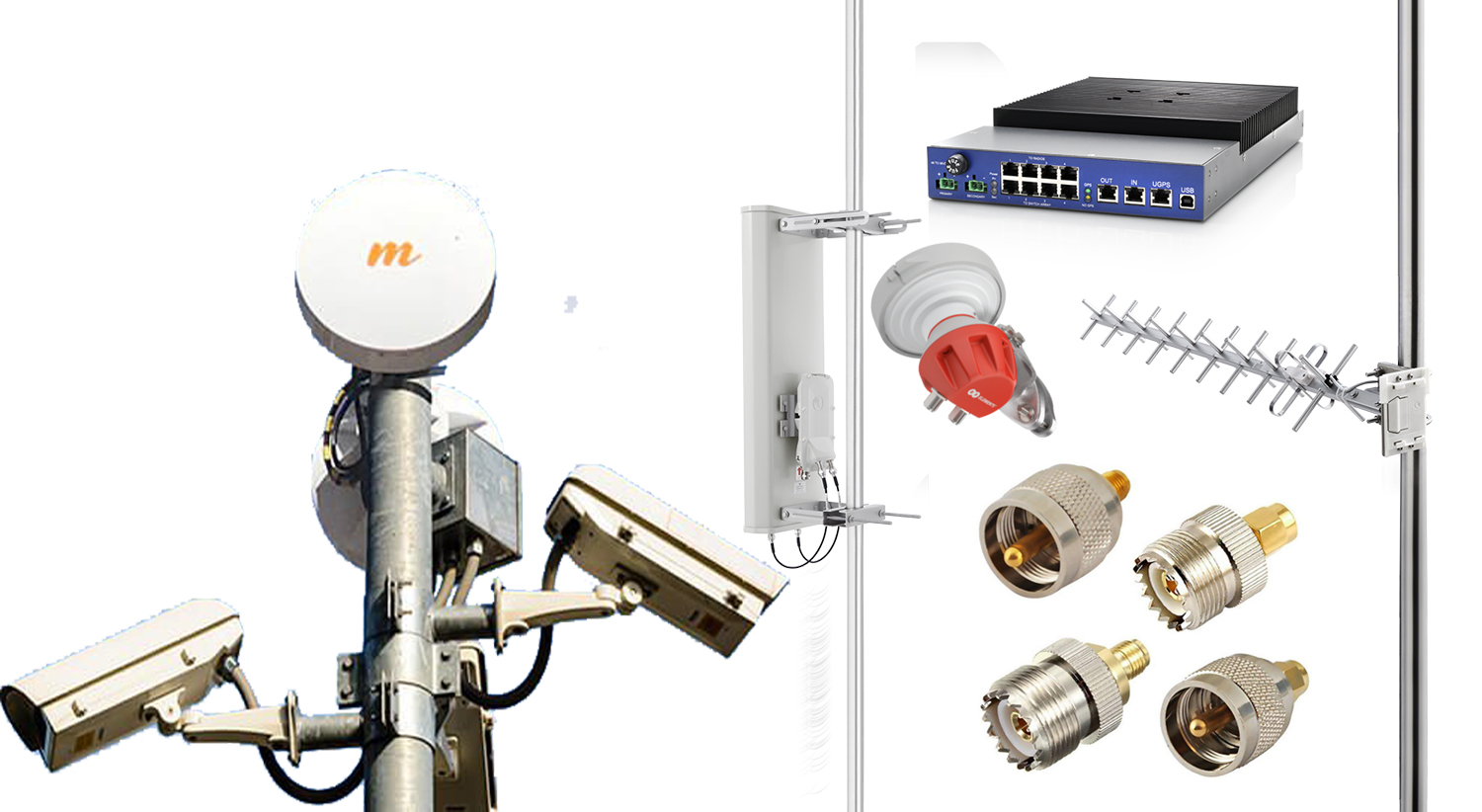Our Services
- PUBLIC SAFETY & PROFESSIONAL COMMUNICATIONS
- BROADBAND COMMUNICATIONS
- SECURITY EQUIPMENT’S
- TEST & MEASUREMENT EQUIPMENT’S
- MARINE EQUIPMENT
- INFORMATION TECHNOLOGY’S
- Position, Navigation & satellite
- POSITIONING, NAVIGATION & TIMING
- GPS Tracking Software
- PERSONAL GPS TRACKER
- Air Traffic Management (ATM) Systems
- Electro-Mechanical Equipment’s
- METEOROLOGICAL EQUIPMENT’S
- AIRFIELD LIGHTING
- Radar System & Solutions
- ENERGY & POWER
- SCADA System & Solutions
Land Communication
Solution and industries

PUSHING THE BOUNDARIES OF CONNECTIVITY, SECURITY AND SAFETY IN THE MOST CHALLENGING LOCATIONS. Decade International Provides Consumer, Commercial And Government Customers With Communications Services And Systems That Exceed Expectations For Performance, Anywhere In The World.
Land Mobile Radio systems (LMR) are terrestrially-based professional push to talk wireless communications systems commonly used for critical communications by public safety organizations such as police, firefighters, and other emergency response organizations. In addition to the public safety sector, LMR systems are also commonly used in the commercial world in various industries including industrial, transportation, utilities, security, logistics and even in the military. LMR systems typically consist of handheld portable radios, vehicle mounted mobile radios, fixed base stations and repeaters, and network infrastructure.
LMR systems have been deployed since the 1930s to support mission-critical voice communications. Over time, many public safety agencies have migrated from basic analog LMR systems used exclusively for voice to more advanced digital LMR systems that support both voice and data. In addition to the analog to digital transition, many users have moved from basic “conventional” systems to more complex “trunked” systems. Conventional radio systems have dedicated frequencies and channels assigned to individual groups of users. In a conventional system, users have to select a specific channel when making a call. When a user makes a call on a specific channel, it is then unavailable to other members of the group until the call is over. Trunked systems allow for the sharing of channels among a large group of users by using computer-controlled access. When a call is made by a user on a trunked system, an available channel is automatically selected by the system from the pool of available channels, leaving the remaining channels available for others. Although trunked systems are more complex and require more infrastructure than conventional systems, the advantages such as increased capacity and interoperability, reduced congestion, and more efficient use of communication channels often makes up for the additional cost.
In addition to voice communications, many tasks today require broadband services such as when public safety first responders need to access data intensive applications, search databases, or share videos. LTE technology enables very high-speed data communications that is not possible with current LMR technologies. Enhanced data services is one of the main driving forces that makes LTE attractive for Public Safety. LTE was designed to deliver high bandwidth mobile data which allows mobile devices to stream video or to transfer large amounts of data quickly. Next-generation public safety communications will more than likely pair narrowband Land Mobile Radio (LMR) networks for voice with broadband LTE networks for high speed data. Ensuring these networks are properly installed and maintained is critical to ensuring mission-critical public safety communication and keeping the public safe.
LMR Radio Standards
P25Project 25 (P25) is a suite of standards for digital radio communications published by The Association of Public Safety Communications Officials (APCO). The specification was introduced in October 1989. P25 includes standards for the design and manufacture of interoperable digital two-way wireless communications products intended for public safety professionals. The goals of the standard include:
Interoperability among agenciesInteroperability among vendorsSpectral efficiencyCompatible with existing systemsIntegrated voice and data services
Conventional, trunked and secure communications
P25 has two phases and are not compatible with each other, although Phase 2 radios can “fall back” to Phase 1 operation to maintain backwards compatibility.
The key specifications of P25 Phase 1 are:
12.5 kHz channel bandwidthFrequency Domain Multiple Access (FDMA)C4FM and CQPSK modulationThe key specifications of P25 Phase 2 are:12.5 kHz channel bandwidth2-slot Time Division Multiple Access (TDMA)Harmonized Continuous Phase Modulation (H-CPM) modulation for subscribersHarmonized Differential Quadrature Phase Shift Keying (H-DQPSK) modulation for fixed sites
TETRATerrestrial Trunked Radio (TETRA), formerly known as Trans-European Trunked Radio, is an open standard developed by the European Telecommunications Standards Institute (ETSI) and was first published in 1995. TETRA was specifically designed for use by government agencies, emergency services, police forces, fire departments, paramedics, and emergency medical technicians for public safety networks. In addition to public safety, it is used in many commercial applications where voice and data communications services are required such as transportation services, utilities, and even the military.
The key specifications of TETRA are:
25 kHz channel bandwidth4-slot Time Division Multiple Access (TDMA)π/4 Differential Quadrature Phase Shift Keying (DQPSK) modulation
DMRDigital Mobile Radio (DMR) is a digital radio standard developed by the European Telecommunications Standards Institute (ETSI) and was first ratified in 2005. The standard is designed to operate within the existing 12.5kHz channel spacing used in licensed land mobile frequency bands globally and to meet future regulatory requirements for 6.25kHz channel equivalence. The primary goal is to specify affordable digital systems with low complexity. DMR provides voice, data and other supplementary services. Products designed to its specifications are sold in all regions of the world. The DMR protocol covers unlicensed (Tier I), licensed conventional (Tier II) and licensed trunked (Tier III) modes of operation. Commercial application is focused on the Tier II and III licensed categories.
The key specifications of DMR are:
12.5 kHz channel bandwidth2-slot Time Division Multiple Access (TDMA)Four Frequency Shift Keying (4-FSK) modulation
dPMR
Digital Private Mobile Radio (dPMR) was developed by the European Telecommunications Standards Institute (ETSI) and published under the reference ETSI TS 102 658. Although dPMR, NXDN and DMR were all launched around the same time, DMR has seen the greatest success, due to the lower infrastructure costs (two voice paths for one base station). dPMR manufacturers have considerably cut infrastructure costs such that for small scale systems dPMR is more cost effective to deploy.
The main advantages of dPMR are:
Greater range offered by the true 6.25 kHz channel spacingBetter spectral efficiency for congested areasLower costThe key specifications of dPMR are:6.25 kHz channel bandwidth
Frequency Domain Multiple Access (FDMA)
Four Frequency Shift Keying (4-FSK) modulation
NXDNNext Generation Digital Narrowband (NXDN) was co-developed by Kenwood and Icom Inc. to meet the needs of 6.25 kHz channel efficiency. The NXDN protocol and the communications products are designed for commercial Private LMR and low end public safety communications systems. Although built on the ETSI dPMR standard, NXDN is deliberately non-compliant in order to avoid IP issues relating to the dPMR standard. Key advantages of NXDN are low cost of ownership, compatibility with FCC requirements for 6.25 kHz channel equivalence, and backwards compatibility with analog and LTR (Logic Truncked Radio) networks. Based on NXDN protocols, Icom has released IDAS™, and Kenwood has released NEXTEDGE® in conventional and trunked options.
The key specifications of dPMR are:
12.5 or 6.25 kHz channel bandwidthFrequency Domain Multiple Access (FDMA)Four Frequency Shift Keying (4-FSK) modulation
WLAN/LTE Communication-Updating Soon
In-building Coverage Mapping
In-building wireless communications are essential to provide communications for law enforcement activities, for emergency medical treatment, for fire suppression, for carrying on the business of government, and for providing communications in time of disasters. There is abundant news of in-building events where public safety personnel have been called in to resolve problems and to support health and welfare needs. In all of these cases, effective and reliable communications are necessary for these professionals do their jobs properly.
Land Mobile Radio systems (LMR) are terrestrially-based professional push to talk wireless communications systems commonly used for critical communications by public safety organizations such as police, firefighters, and other emergency response organizations. In addition to the public safety sector, LMR systems are also commonly used in the commercial world in various industries including industrial, transportation, utilities, security, logistics and even in the military. LMR systems typically consist of handheld portable radios, vehicle mounted mobile radios, fixed base stations and repeaters, and network infrastructure.
LMR systems have been deployed since the 1930s to support mission-critical voice communications. Over time, many public safety agencies have migrated from basic analog LMR systems used exclusively for voice to more advanced digital LMR systems that support both voice and data. In addition to the analog to digital transition, many users have moved from basic “conventional” systems to more complex “trunked” systems. Conventional radio systems have dedicated frequencies and channels assigned to individual groups of users. In a conventional system, users have to select a specific channel when making a call. When a user makes a call on a specific channel, it is then unavailable to other members of the group until the call is over. Trunked systems allow for the sharing of channels among a large group of users by using computer-controlled access. When a call is made by a user on a trunked system, an available channel is automatically selected by the system from the pool of available channels, leaving the remaining channels available for others. Although trunked systems are more complex and require more infrastructure than conventional systems, the advantages such as increased capacity and interoperability, reduced congestion, and more efficient use of communication channels often makes up for the additional cost.
In addition to voice communications, many tasks today require broadband services such as when public safety first responders need to access data intensive applications, search databases, or share videos. LTE technology enables very high-speed data communications that is not possible with current LMR technologies. Enhanced data services is one of the main driving forces that makes LTE attractive for Public Safety. LTE was designed to deliver high bandwidth mobile data which allows mobile devices to stream video or to transfer large amounts of data quickly. Next-generation public safety communications will more than likely pair narrowband Land Mobile Radio (LMR) networks for voice with broadband LTE networks for high speed data. Ensuring these networks are properly installed and maintained is critical to ensuring mission-critical public safety communication and keeping the public safe.
LMR Radio Standards
P25
Project 25 (P25) is a suite of standards for digital radio communications published by The Association of Public Safety Communications Officials (APCO). The specification was introduced in October 1989. P25 includes standards for the design and manufacture of interoperable digital two-way wireless communications products intended for public safety professionals. The goals of the standard include:
Interoperability among agencies
Interoperability among vendors
Spectral efficiency
Compatible with existing systems
Integrated voice and data services
Conventional, trunked and secure communications
P25 has two phases and are not compatible with each other, although Phase 2 radios can “fall back” to Phase 1 operation to maintain backwards compatibility.
The key specifications of P25 Phase 1 are:
12.5 kHz channel bandwidth
Frequency Domain Multiple Access (FDMA)
C4FM and CQPSK modulation
The key specifications of P25 Phase 2 are:
12.5 kHz channel bandwidth
2-slot Time Division Multiple Access (TDMA)
Harmonized Continuous Phase Modulation (H-CPM) modulation for subscribers
Harmonized Differential Quadrature Phase Shift Keying (H-DQPSK) modulation for fixed sites
TETRA
Terrestrial Trunked Radio (TETRA), formerly known as Trans-European Trunked Radio, is an open standard developed by the European Telecommunications Standards Institute (ETSI) and was first published in 1995. TETRA was specifically designed for use by government agencies, emergency services, police forces, fire departments, paramedics, and emergency medical technicians for public safety networks. In addition to public safety, it is used in many commercial applications where voice and data communications services are required such as transportation services, utilities, and even the military.
The key specifications of TETRA are:
25 kHz channel bandwidth
4-slot Time Division Multiple Access (TDMA)
π/4 Differential Quadrature Phase Shift Keying (DQPSK) modulation
DMR
Digital Mobile Radio (DMR) is a digital radio standard developed by the European Telecommunications Standards Institute (ETSI) and was first ratified in 2005. The standard is designed to operate within the existing 12.5kHz channel spacing used in licensed land mobile frequency bands globally and to meet future regulatory requirements for 6.25kHz channel equivalence. The primary goal is to specify affordable digital systems with low complexity. DMR provides voice, data and other supplementary services. Products designed to its specifications are sold in all regions of the world. The DMR protocol covers unlicensed (Tier I), licensed conventional (Tier II) and licensed trunked (Tier III) modes of operation. Commercial application is focused on the Tier II and III licensed categories.
The key specifications of DMR are:
12.5 kHz channel bandwidth
2-slot Time Division Multiple Access (TDMA)
Four Frequency Shift Keying (4-FSK) modulation
dPMR
Digital Private Mobile Radio (dPMR) was developed by the European Telecommunications Standards Institute (ETSI) and published under the reference ETSI TS 102 658. Although dPMR, NXDN and DMR were all launched around the same time, DMR has seen the greatest success, due to the lower infrastructure costs (two voice paths for one base station). dPMR manufacturers have considerably cut infrastructure costs such that for small scale systems dPMR is more cost effective to deploy.
The main advantages of dPMR are:
Greater range offered by the true 6.25 kHz channel spacing
Better spectral efficiency for congested areas
Lower cost
The key specifications of dPMR are:
6.25 kHz channel bandwidth
Frequency Domain Multiple Access (FDMA)
Four Frequency Shift Keying (4-FSK) modulation
NXDN
Next Generation Digital Narrowband (NXDN) was co-developed by Kenwood and Icom Inc. to meet the needs of 6.25 kHz channel efficiency. The NXDN protocol and the communications products are designed for commercial Private LMR and low end public safety communications systems. Although built on the ETSI dPMR standard, NXDN is deliberately non-compliant in order to avoid IP issues relating to the dPMR standard. Key advantages of NXDN are low cost of ownership, compatibility with FCC requirements for 6.25 kHz channel equivalence, and backwards compatibility with analog and LTR (Logic Truncked Radio) networks. Based on NXDN protocols, Icom has released IDAS™, and Kenwood has released NEXTEDGE® in conventional and trunked options.
The key specifications of dPMR are:
12.5 or 6.25 kHz channel bandwidth
Frequency Domain Multiple Access (FDMA)
Four Frequency Shift Keying (4-FSK) modulation
WLAN/LTE Communication
-Updating Soon
In-building Coverage Mapping
In-building wireless communications are essential to provide communications for law enforcement activities, for emergency medical treatment, for fire suppression, for carrying on the business of government, and for providing communications in time of disasters. There is abundant news of in-building events where public safety personnel have been called in to resolve problems and to support health and welfare needs. In all of these cases, effective and reliable communications are necessary for these professionals do their jobs properly.
